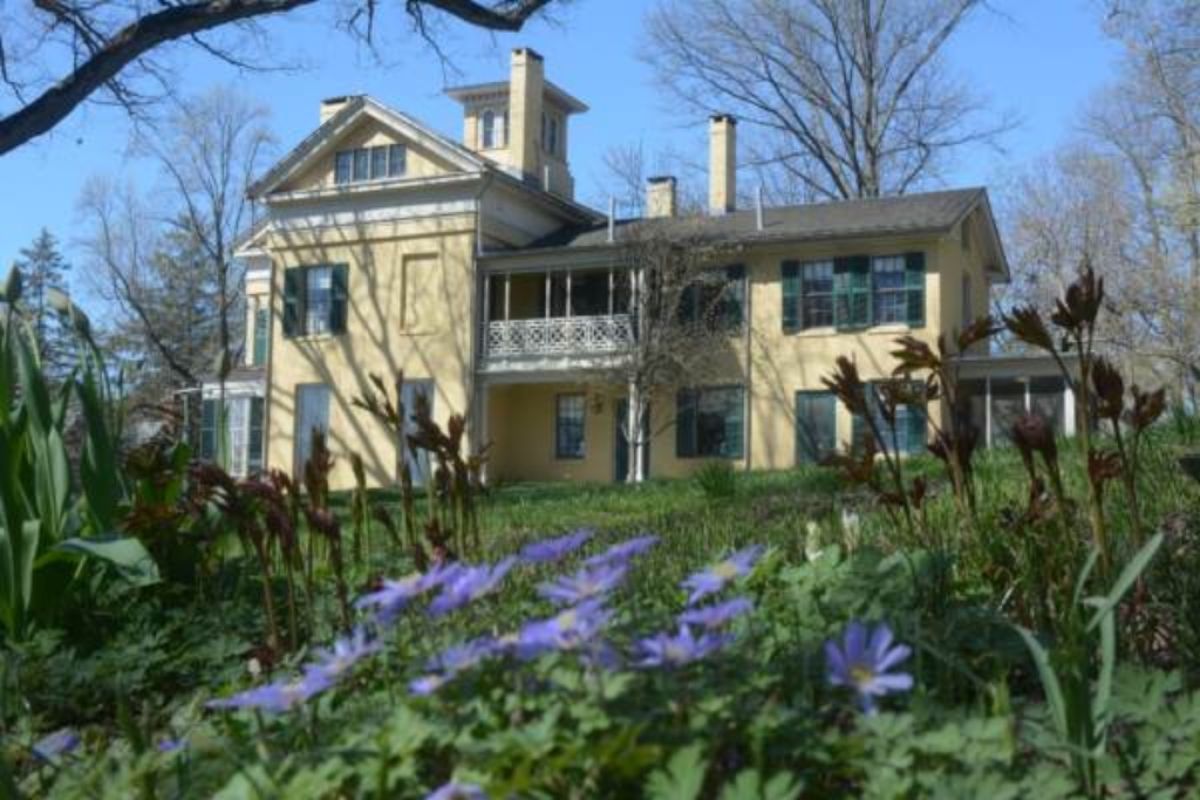Emily Dickinson was a renowned poet, but during her lifetime she was known more for her gardening skills. Her garden in Amherst, MA included over 400 varieties of flowers, fruits, and vegetables, which she often talked about in her letters and poems.
Daffodils and pansies were among her many favorite flowers. She had an unheated greenhouse where she forced bulbs in the winter. Her herbaceous borders included electric blue delphiniums under-planted with forget-me-nots and neighboring white foxgloves, golden coreopsis, and colorful Iceland poppies. Emily especially loved the wild columbine, which she used liberally in her meadow garden. She also grew the red colored columbine ‘Crimson Star’ in her borders. In the Victorian Language of Flowers, it symbolizes hope. Emily was familiar with the Victorian Language of Flowers and referred to the innocence of daisies, the ambition of dogwood, and the flirtation of dandelions.
During her short life (1830-86), this reclusive poet wrote about nature, love, death, and immortality, and her powerful poetic images continue to inspire us today. But to her contemporaries she was just an avid flower gardener with an intimate understanding of horticulture and a yard full of colorful blooms.
This is Moya Andrews, and today we focused on Emily's garden.










